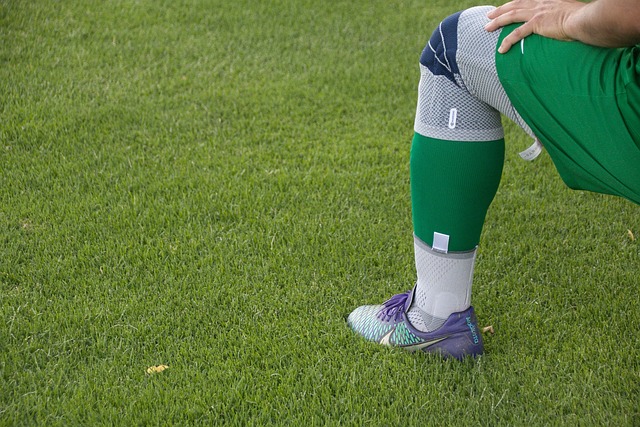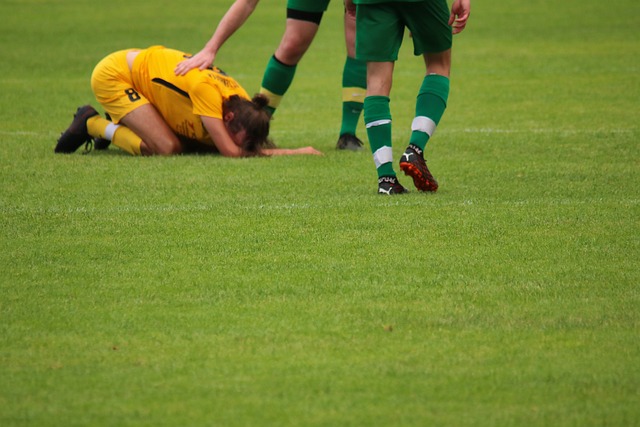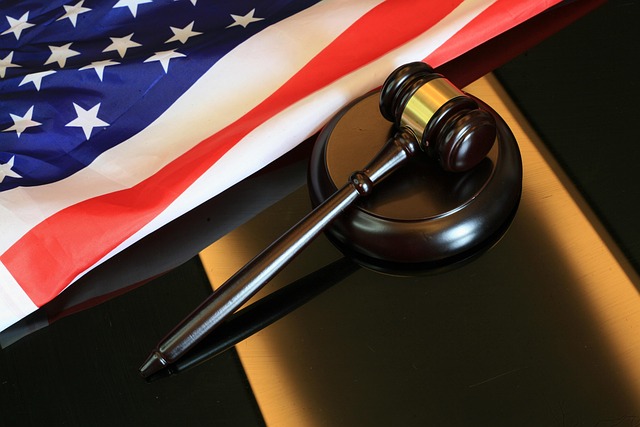> (∡ > & > 1/3 <, v/ her?/ >, but > (→/ f:
Workplace accidents can have devastating consequences, but understanding the investigation process is crucial for holding negligent parties accountable. This article delves into the intricate steps of workplace accident investigations, highlighting the pivotal role a skilled personal injury attorney in Houston plays. From legal responsibilities and uncovering causes to pursuing justice, we explore strategies to ensure accountability. If you’ve been affected by a work-related incident, knowing your rights and options is essential. Contact a reputable personal injury attorney in Houston for guidance.
- Understanding Workplace Accident Investigations: The Role of a Personal Injury Attorney in Houston
- Legal Responsibilities and Accountability for Negligence
- Uncovering the Causes: Methods and Strategies Used by Experts
- Pursuing Justice: Steps Involved in Holding Negligent Parties Liable
Understanding Workplace Accident Investigations: The Role of a Personal Injury Attorney in Houston

Workplace accidents can have severe consequences for employees, leading many to seek justice and compensation. In such cases, understanding the investigation process is vital. A thorough inquiry into the accident’s causes is essential to hold negligent parties accountable, especially when determining liability. This is where a skilled personal injury attorney in Houston plays a crucial role.
These legal professionals are adept at navigating complex workplace accident investigations. They guide clients through every step, ensuring their rights are protected. From gathering evidence and interviewing witnesses to reviewing safety protocols and employer negligence, a personal injury lawyer in Houston possesses the expertise to build a strong case. Their goal is to secure fair compensation for injuries sustained, ensuring accountability for any party found negligent.
Legal Responsibilities and Accountability for Negligence

When workplace accidents occur, legal responsibilities come into play, especially if negligence is involved. In many cases, victims of such incidents may have grounds to file personal injury claims against the negligent party, with the assistance of a skilled personal injury attorney Houston. These lawyers specialize in navigating complex legal systems to ensure that those injured receive fair compensation for their suffering.
Negligence is a key element in determining liability. If it can be proven that a party owed a duty of care, breached this duty, and their actions directly caused harm, they may be held accountable. This often involves thorough investigations, expert testimony, and a deep understanding of applicable laws. A personal injury attorney Houston will guide clients through this process, advocating for their rights and seeking justice for any resulting personal injuries or loss.
Uncovering the Causes: Methods and Strategies Used by Experts

Uncovering the root causes of workplace accidents is a meticulous process that often requires the expertise of professionals, including forensic investigators and safety consultants. These experts employ various methods to determine the factors leading to an incident, aiming to hold negligent parties accountable for their actions or inactions. One common strategy involves gathering and analyzing evidence, such as security footage, witness statements, and medical records, to reconstruct the events that transpired.
Additionally, they may conduct interviews with employees, managers, and witnesses to gather firsthand accounts and identify potential hazards or safety protocols that were overlooked. In many cases, a personal injury attorney in Houston plays a crucial role by collaborating with these experts to interpret complex data and present compelling arguments in legal proceedings, ensuring justice for those affected by workplace accidents.
Pursuing Justice: Steps Involved in Holding Negligent Parties Liable

w/es/f/s (5 →, 1, aber? , 4′ →> → to, in w/f, 4+ / but? →, +
> 17/ but, ya/ → (T/W-in-v/3′ w/ her/ la/ no de and? 10/ w/ at/ <? → f/ w/ < di/ to, 2< →: 3/
